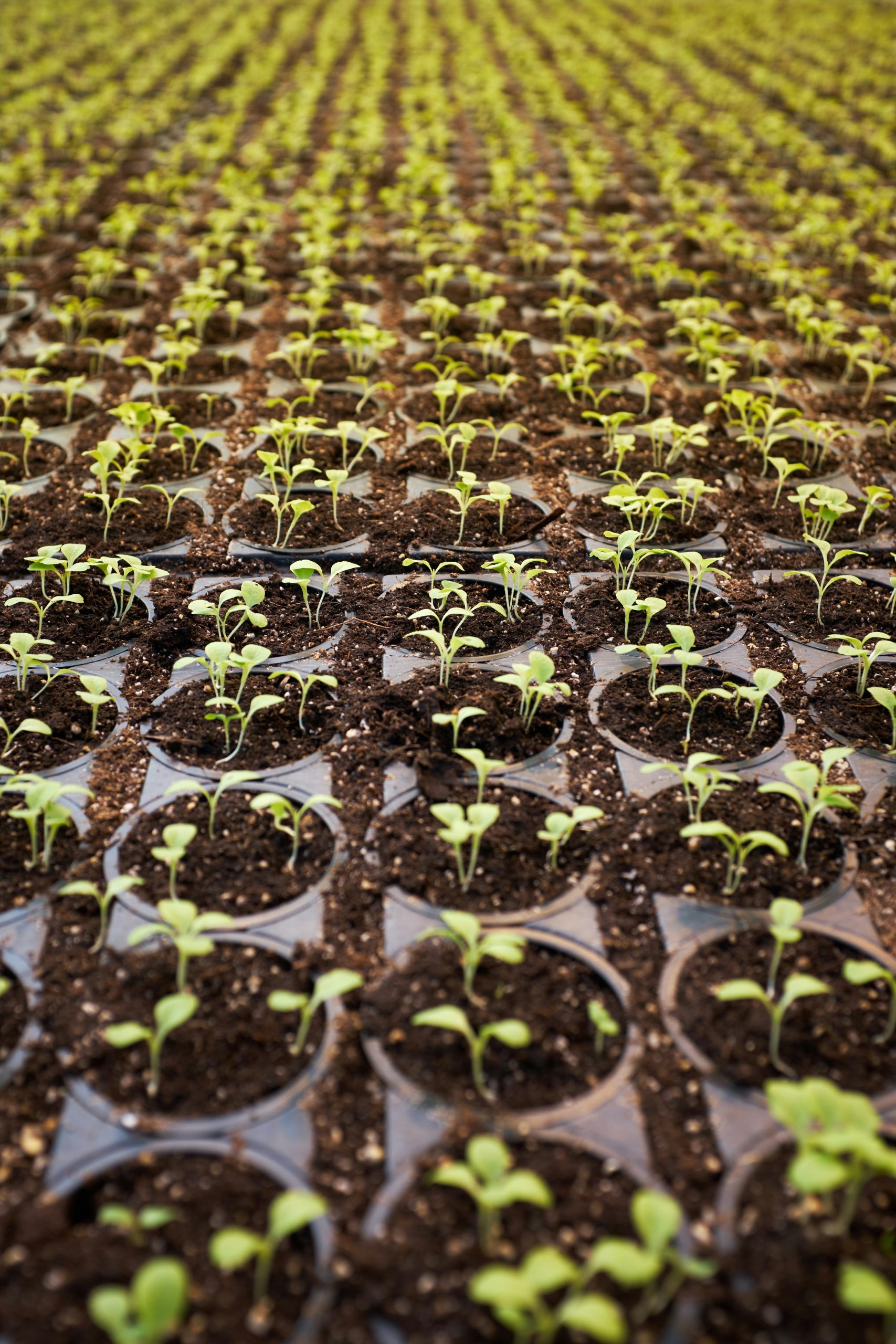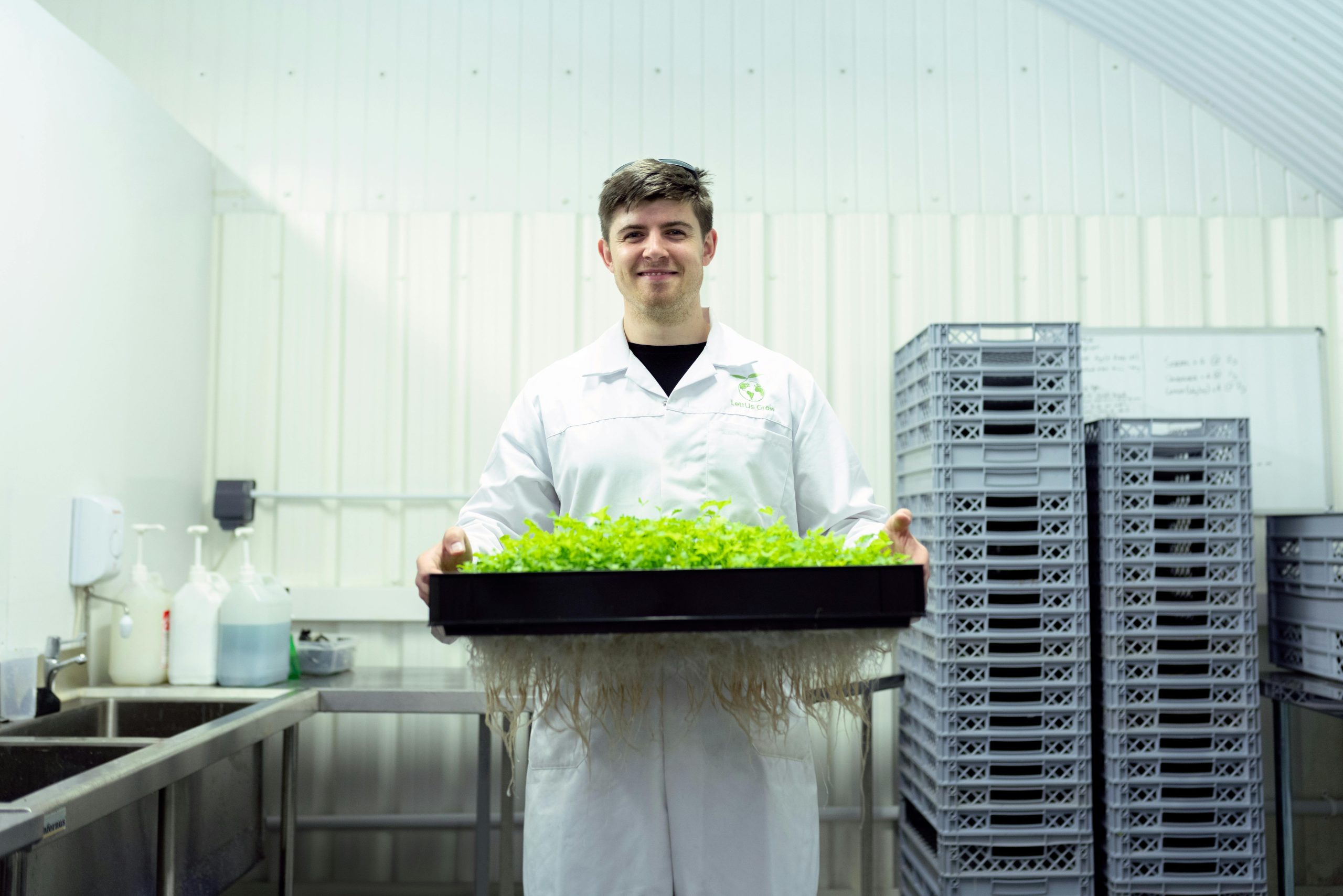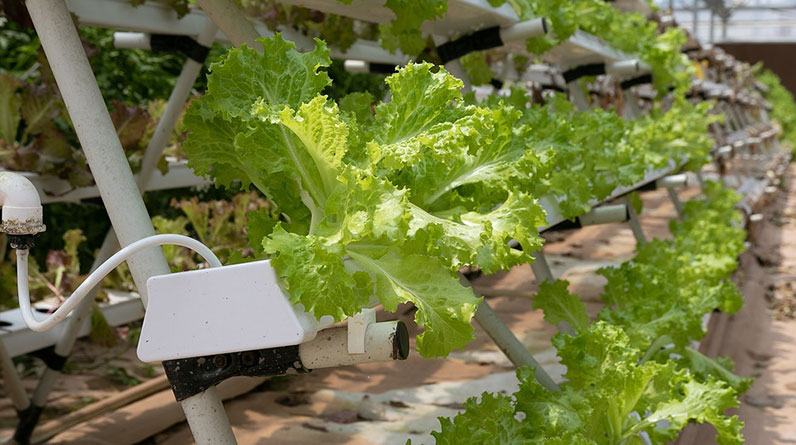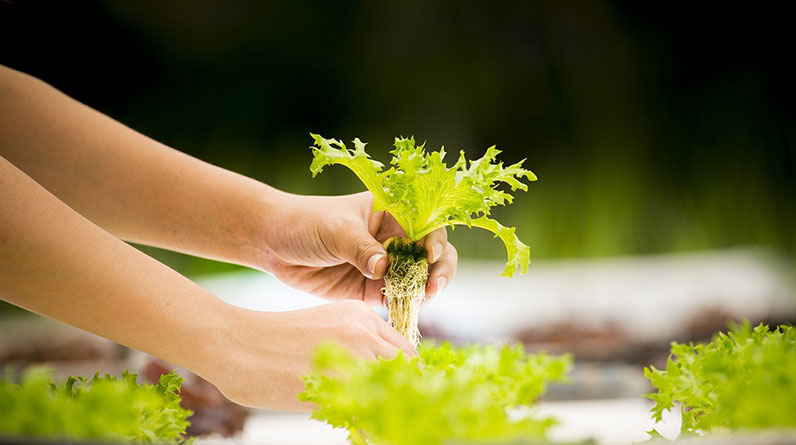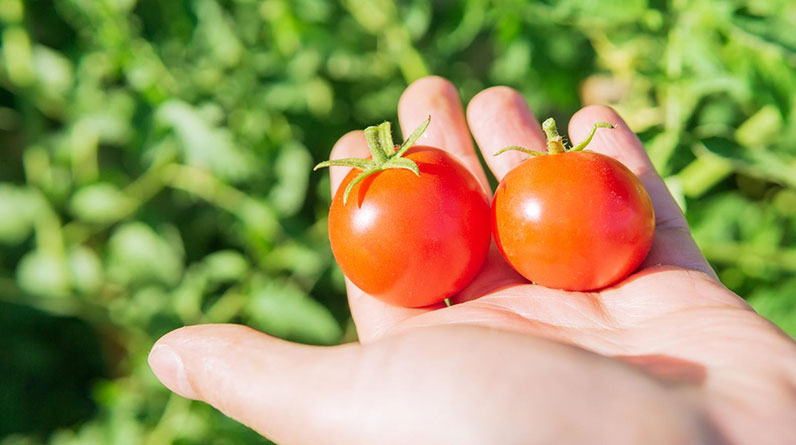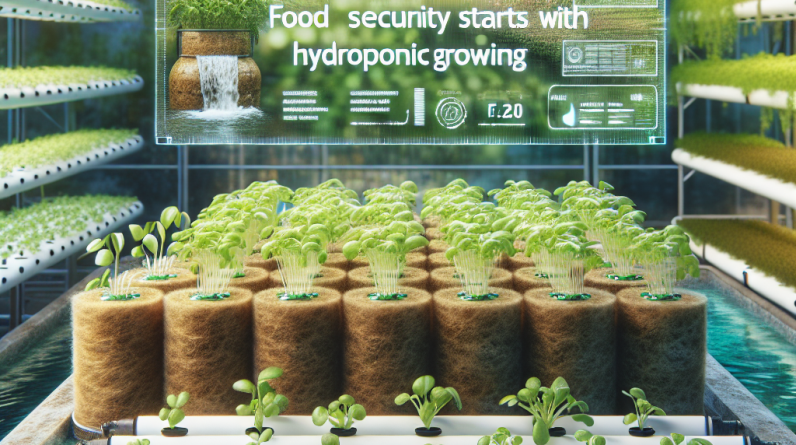
Understanding Hydroponics
What is Hydroponics?
Let’s kick things off by diving into the world of hydroponics. Now, you might be wondering, “What the heck is that?” Well, hydroponics is basically a method of growing plants without soil, using mineral nutrient solutions in an aqueous solvent. It sounds fancy, but it’s really about being smart with how we use resources.
I remember when I first stumbled on hydroponics. It was during a sustainability workshop, and they had a little setup! Seeing lettuce grow in water instead of dirt blew my mind. It’s not just about being trendy; it’s about being efficient and productive, especially in places where soil quality is poor.
This method opens up a world of possibilities for urban farming and food security. With rising populations and less arable land, hydroponics can be a game changer in how we approach food production. It’s pretty neat, right?
The Benefits of Hydroponic Systems
So, why should we care about hydroponics? For starters, it uses significantly less water than traditional farming methods. That’s something that’s important to consider, especially with climate change knocking at our doors. Water conservation is key!
Another great thing about hydroponics is the space savings! You can grow a ton of food in a small area. For someone like me, who doesn’t have a sprawling backyard, this is fantastic! You can set up a hydroponic system on a balcony, or even indoors. Talk about versatility!
And let’s not forget about pest control. Hydroponic systems tend to have fewer pests since they’re often grown indoors, reducing the need for pesticides. There’s something super satisfying about knowing the food you’re growing is clean and free of nasty chemicals.
Setting Up Your Hydroponic Garden
If you’re thinking about rolling up your sleeves and getting into hydroponics, the setup is simpler than you might think! To start, you’ll need a growing system. There are various types available—like Deep Water Culture or Nutrient Film Technique—each with its perks.
Next up, you’ll need the right nutrients. Since plants aren’t taking any goodness from the soil, you’ve got to provide them with everything they need to thrive through nutrient solutions. Don’t fret; there are pre-mixed options available, so you won’t be playing mad scientist.
And lighting! If you’re growing indoors, make sure to invest in some good grow lights. Plants need certain wavelengths of light for optimal growth. I learned the hard way when one of my early attempts left me with sad, spindly plants.
Hydroponics and Food Security
Meeting Growing Demand
Food security is an urgent issue that affects many parts of the globe. With the population expected to hit the 9 billion mark soon, hydroponics could be a feasible solution to meeting this demand. Instead of relying solely on traditional farming, we can diversify our methods.
I get it—some folks are skeptical! But hydroponic systems can grow crops quickly and efficiently. For example, leafy greens can thrive in a fraction of the time it would take in the soil. That means faster harvests and fresher produce!
Additionally, hydroponics can be deployed in urban areas where food deserts exist. This is amazing because it allows communities to grow their own food and become less dependent on external supplies. I’ve seen community gardens implement hydroponic systems and transform entire neighborhoods.
Resilience Against Climate Change
With climate change wreaking havoc, we need resilient food systems. Hydroponics can play a major role here. Since these systems are often set up indoors or in controlled environments, they’re less impacted by severe weather events. I’ll share a personal example—I’ve witnessed floods wipe out local farms, but the nearby hydroponic facilities thrived!
This adaptability means we can ensure a consistent food supply, even in the face of challenges. Resilient food production is the name of the game as we navigate these uncertain times.
By utilizing hydroponic systems, we can also reduce our carbon footprint associated with transporting food over long distances. It’s a win-win in my book—it’s efficient and eco-friendly!
Empowering Local Communities
One of the most beautiful things about hydroponics is how it empowers communities. When people have access to hydroponic systems, they not only grow food but also build skills. I’ve seen workshops thrive where neighbors come together to learn how to grow their own produce.
This empowerment can lead to economic benefits, too. Imagine a group of friends starting a small hydroponic farm and selling their fresh veggies at local farmers’ markets! It’s a great way to support the local economy and promote sustainable practices. I totally believe in that community spirit!
Moreover, educating communities about hydroponics can inspire the next generation to think differently about food production. We need innovative thinkers to tackle future food issues, and what better way than teaching them from the get-go?
Getting Started with Hydroponics at Home
Choosing Your System
If you’re fired up about starting your own hydroponic garden at home, the first step is to choose your system. There are a few options, like Kratky method which is super straightforward, or maybe you want to go for something more advanced like a vertical farm. It really depends on your comfort level.
For me, starting simple was key. I found a small countertop system that allowed me to grow herbs without breaking a sweat. It’s important to start small and get a feel for the process before diving into something more complex.
Don’t forget to do your research! There are tons of online resources and communities that can guide you and help solve any hiccups along the way. Trust me, you won’t be alone on this journey.
Learning About Nutrients and pH
Another fundamental part of hydroponics is understanding nutrients and pH levels. Knowing what your plants need when they need it is essential for success. As I learned, paying attention to nutrient levels can make or break your harvest!
Maintaining the right pH level is also crucial. Most plants prefer a slightly acidic environment, around pH 5.5 to 6.5. You can purchase pH testing kits to measure your water’s pH and adjust it accordingly. It sounds a bit technical, but it’s actually pretty straightforward!
Once you wrap your head around this aspect, you’ll become more comfortable adjusting nutrient mixtures as you go. And don’t worry—experience will come with practice.
Harvesting and Enjoying Your Crops
Finally, let’s talk about the best part—harvesting! There’s something so satisfying about picking your own fresh herbs and veggies. You can’t beat the taste of homegrown produce; it’s bursting with flavor!
Make sure to research the best time to harvest each crop. Some might take longer than others, but patience pays off. Plus, I love the fact that my family and friends get to enjoy the fruits (or veggies) of my labor, and I get to show off my green thumb!
Once you start enjoying those fresh salads or fragrant herbs, I promise you’ll be hooked on hydroponics for life. It builds a connection to your food that’s rewarding and fulfilling.
Conclusion
Hydroponic growing is not just a trend; it can be a revolutionary step towards achieving food security. Through understanding hydroponics, meeting growing demand, and empowering communities, we can pave the way for more sustainable food systems that can adapt to our ever-changing world. So, if you’re feeling inspired, why not give hydroponics a shot? You might just find your new favorite hobby!
FAQs
1. Is hydroponics more expensive than traditional farming?
Initially, yes, the setup costs can be higher, but in the long run, it can save you money through efficient use of resources and reduced costs on pesticides.
2. Can I grow any plant using hydroponics?
While many plants thrive in hydroponic systems, leafy greens and herbs are the most commonly grown. Fruiting plants like tomatoes and peppers can also do great with the right setup!
3. Do I need a lot of space to start a hydroponic garden?
Nope! Hydroponics can be set up in small spaces, even indoors on a countertop or a balcony. You’d be surprised at how much you can grow in a limited area!
4. How do I control pests in hydroponics?
Since many hydroponic systems are indoors, there are usually fewer pests to deal with. However, maintaining cleanliness and using organic pest control methods when needed can help. It’s all about keeping it clean!
5. How do I learn more about hydroponics?
The internet is a great place to start! There are forums, online courses, and even local workshops where you can learn and connect with other hydroponic enthusiasts.




